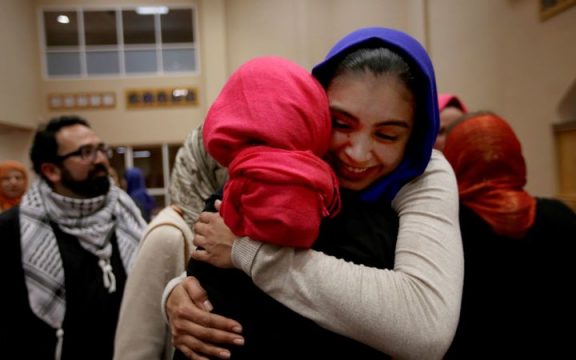Once upon time, the wives of the Prophet Muhammad PBUH asked him about who among the wives will be the first to pass away after the Prophet. Hearing this question, the Prophet answered that the wife who will be the first to die is the one who has the longest hand. Suddenly, all wives took some pieces of wood to measure the length of their hands. It was known that the Sayidah Saudah has the longest one. This story is described in the authentic hadith narrated by Imam al-Bukhari (194-256 H) and Muslim Imam (204-261 H).
As narrated by Sayidah Aisha, this habit of measuring hand length continued after the Prophet passed away, especially when the Prophet’s wives gathered. However, after a few years, it was not Sayidah Saudah (54 AH) who first passed away, but Sayidah Zainab (20 AH) whose hands were relatively shorter physically. This woman was well-known to be diligent in giving. She used to tan and pierce the animal skin and loved to give charity in the way of Allah. From this case, the wives of the Prophet realized that the Prophet’s answer was none other than metaphor (majāz). It was not physically long arms, but long arms means like giving.
This story is an introduction of a book written by a renowned Indonesian hadith expert Prof. Ali Mustafa Yaqub entitled “al-Thuruq al-Shahihah fi Fahmi al-Sunnah al-Nabawiyyah” (2016). This work that has been translated into Bahasa Indonesia with the title “The Right Way to Understand the Hadith” is one of his important works for study of hadith. This book is one of the intellectual traces for the expertise of this grand Imam of the Istiqlal Mosque (2005-2016) in the field study of Hadith.
Systematically, this 268-page book published by the Jakarta Firdaus Library is divided into three sections. First, textual and contextual understanding of hadith. Second, understanding the hadith thematically. Third, understanding the hadith contradictions. In the first part, this work theoretically and practically reviews the existence of majaz, takwil, and illat in the hadith. These three sub-chapters show the importance of textual or linguistic analysis in understanding hadith. The analytical tool used is the key concepts in the study of balaghah and usul fiqh.
In the next four sub-chapters, it explains the importance of revealing the meaning of the hadith by paying attention to context. This contextual approach starts from analyzing the geographical side, Arabic culture, social conditions, to the chronology of the traditions.
For example, one of the custom of the Prophet was to defecate outside the house. Although this custom is found in authentic tradition books, it does not necessarily have to be followed by Muslims who live in the current era because there are differences in social conditions, then and now. In the Prophet’s era, Arab people were not accustomed to making toile inside the house. When they need to defecate, they went outside the house to the desert. This condition, however, has greatly changed in the current era.
From this point, it can be concluded that it is essential to understand and practice the hadith with adequate scientific tools, analyzing both the text and the context of the hadith.
Translated from the article in Indonesian version: https://islami.co/memahami-hadis-ada-ilmunya-ini-cara-benar-memahami-hadis-menurut-kh-ali-mustafa-yaqub/ by Muhammad Hanifuddin on Islami.co, published January 22, 2020.
![Islami[dot]co](https://en.islami.co/wp-content/themes/jambualas/images/logo.png)



